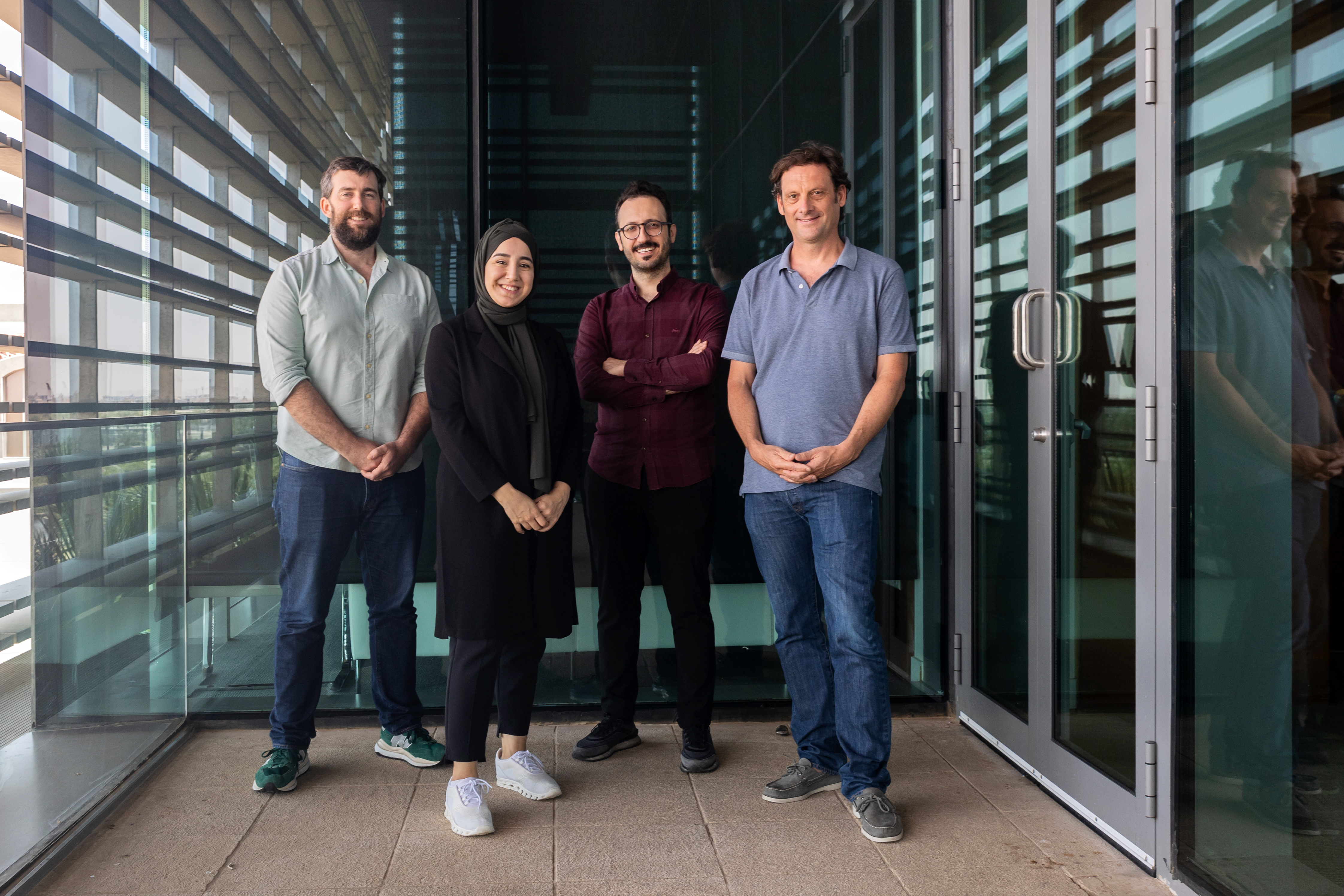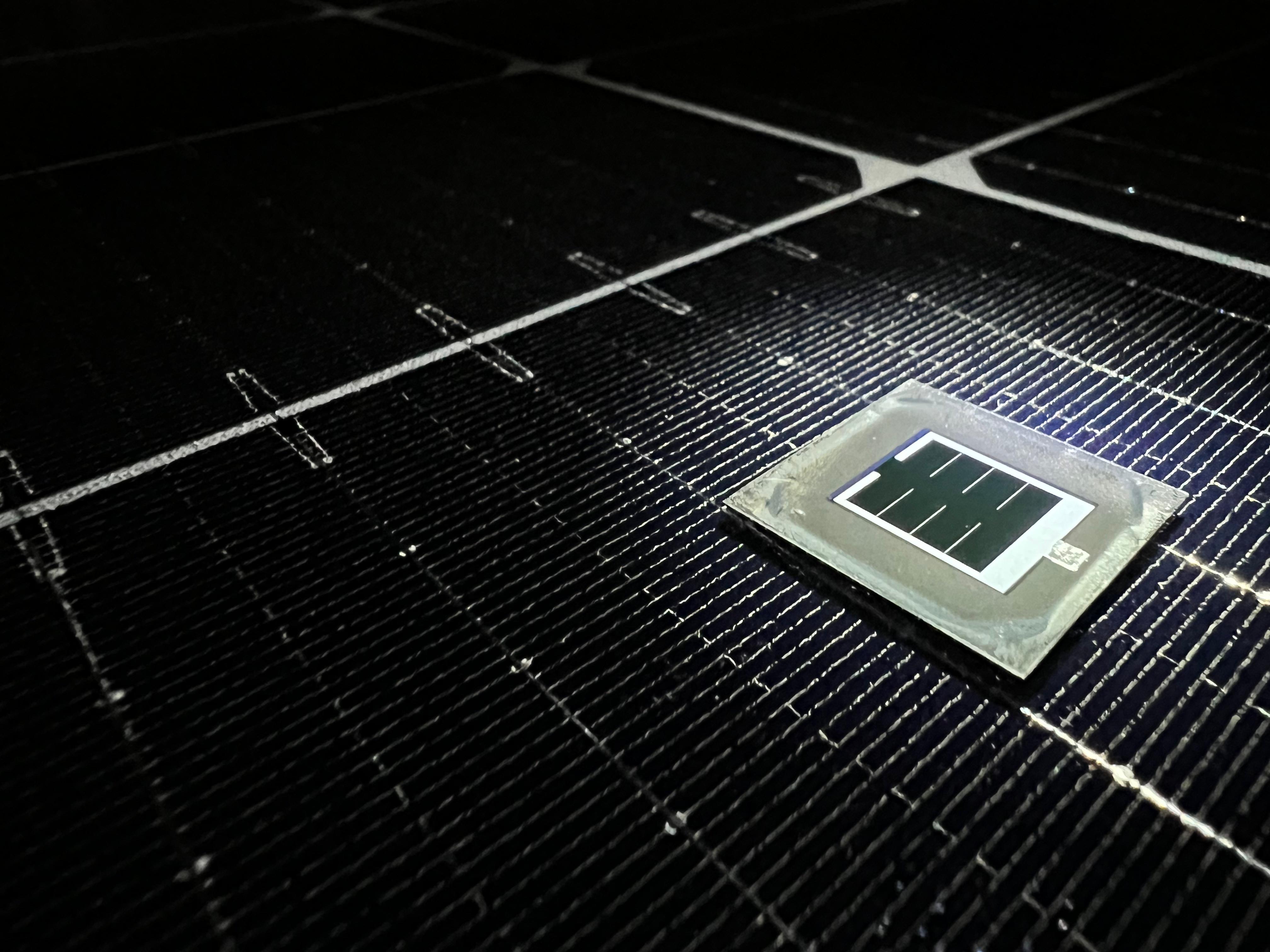KAUST unveils blueprint for affordable solar cells

Four of the authors of the review: (from left) Thomas Allen, Esma Ugur, Erkan Aydin and Stefaan De Wolf.
Professor Stefaan De Wolf and the KAUST Photovoltaics Laboratory have written in Science a roadmap for bringing perovskite/silicon tandem solar cells to market, paving the way for a future powered by abundant, inexpensive clean energy in Saudi Arabia and the world.
The team’s research focus on ways to improve solar efficiency and meet Saudi Arabia’ solar targets.
Perovskite/silicon tandem technology combines the strengths of two materials – perovskite's efficient light absorption and silicon's long-term stability – to achieve record-breaking efficiency. In 2023, the De Wolf laboratory reported two world records for power conversion efficiency, with five achieved globally in the same year, showing rapid progress in perovskite/silicon tandem technology.
However, translating laboratory success to real-world application requires careful consideration. The paper outlines key challenges and proposes solutions for commercialization.

A perovskite/silicon tandem solar cell. .
Among these is the consideration of real-world conditions, like variable temperature and sunlight. The authors suggest geographical testing – akin to personalized medicine for solar cells – to optimize performance for specific locations.
Another consideration is accelerated stability testing. The deployed solar cells must have a lifespan that lasts decades. Accordingly, tests that compress years of wear and tear into a much shorter timeframe are necessary. Understanding degradation rates is crucial for setting competitive prices and warranties.
Finally, current manufacturing processes involve high material costs and potentially dangerous chemicals that may require costly safety precautions. The paper proposes paradigms for both monolithic and mechanically stacked tandem production lines to identify cost-reduction opportunities.
"The market for perovskite/silicon tandems is expected to exceed $10 billion within a decade," said Professor Stefaan De Wolf. "KAUST is at the forefront of this revolution, laying the groundwork for affordable, accessible clean energy for all."
Erkan Aydin, another author of the study is expected to leave the De Wolf lab in 2024 to start his own in Europe.
The breakthrough research at KAUST on perovskite/silicon tandem photovoltaics exemplifies the University's commitment to developing green technologies that advance carbon-free policies and secure a sustainable future.

